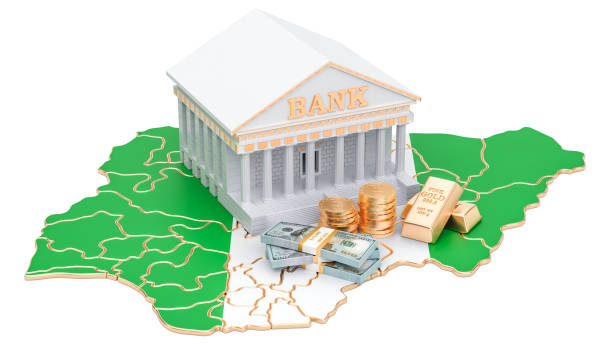The cost of Healthy Diet Soars
The cost of a healthy diet (CoHD) in Nigeria has surged by 32 percent, reaching N1,041 per adult per day in May 2024, compared to N786 in December 2023.
This data comes from the latest Cost of Healthy Diet report by the National Bureau of Statistics (NBS).
Join our WhatsApp ChannelThe report highlights that the price hikes were driven by increased costs of starchy staples, legumes, nuts and seeds, and animal-source foods.
From December 2023 to May 2024, the monthly increases were notable. January saw a 9.2 percent rise to N858, February a 9.3 percent increase to N938, March a 4.7 percent rise to N982, April a 5.4 percent jump to N1,035, and May a slight 0.6 percent uptick to N1,041.
Understanding the Drivers
“The national average cost of a healthy diet was N1,041 per adult per day in May 2024. The CoHD has been steadily rising over the past six months, since December 2023,” the report said.
The report explains that the significant rise in the cost of healthy diet was primarily due to the higher prices of starchy staples, legumes, nuts and seeds, and animal-source foods. Conversely, vegetables and fruits saw the smallest price increases month-on-month.
“In May 2024, the CoHD was 32 percent higher than it was in December 2023 (N786). It was also 1.0 percent higher than the cost in April 2024 (N1,035).
The main drivers of this increase in CoHD are starchy staples, legumes, nuts and seeds, and animal source foods. Vegetables and fruits, on the other hand, saw the smallest increase in price month-on-month,” it stated.
READ ALSO: Cost Of Maintaining Healthy Diet In Nigeria Surges To N786 – NBS
State and Regional Variations
At the state level, Ebonyi State had the highest average CoHD at N1,225 per adult per day, while Kano State had the lowest at N898. Zonal differences were also significant, with the South East having the highest CoHD at N1,189 per day, and the North West the lowest at N919 per day.
The report also noted that animal-source foods were the most expensive food group recommendation, making up 36 percent of the total CoHD while providing only 13 percent of the total calories.
Fruits and vegetables, despite their high cost per calorie, accounted for 11 percent and 12 percent of the total CoHD, respectively, while providing only 7 percent and 5 percent of total calories.
Public Reaction on Social Media
The rising cost has sparked reactions on social media, particularly on platforms like X.
Seyibest, a user from the southwest, expressed frustration: “In the southwest, maybe the healthy diet doesn’t include protein…”
Another user, M., voiced concerns about the affordability of nutritious food: “₦1,000 is the cost of four measly carrots in the market. It can’t even buy a decent cabbage. Where will ₦1,000 buy a healthy meal today? Maybe noodles and egg with rodo.”
Speaking about the situation, Mr. John Eke, a foodstuff seller based in Yaba, Lagos, said, “The increasing cost of maintaining a healthy diet is a major concern. Many families are finding it difficult to afford basic nutritious foods, which can lead to a rise in malnutrition and related health issues.”
A market vendor at the University of Lagos (UNILAG), Mrs. Adaobi Chukwu, expressed her frustration, “Every month, the prices keep going up. Customers are buying less, and it’s affecting our sales. People are really struggling to keep up with these costs.”
These reactions highlight the growing discontent and the challenges faced by many Nigerians in maintaining a healthy diet amidst rising food costs.
Looking Ahead
As food prices continue to rise, the government and stakeholders must address the underlying causes and work towards making healthy diets more accessible and affordable for all Nigerians.
The increase in the cost of a healthy diet calls for urgent action to ensure that nutritional needs can be met without putting undue financial strain on the population.
Emmanuel Ochayi is a journalist. He is a graduate of the University of Lagos, School of first choice and the nations pride. Emmanuel is keen on exploring writing angles in different areas, including Business, climate change, politics, Education, and others.
- Emmanuel Ochayihttps://www.primebusiness.africa/author/ochayi/
- Emmanuel Ochayihttps://www.primebusiness.africa/author/ochayi/
- Emmanuel Ochayihttps://www.primebusiness.africa/author/ochayi/
- Emmanuel Ochayihttps://www.primebusiness.africa/author/ochayi/

















Follow Us